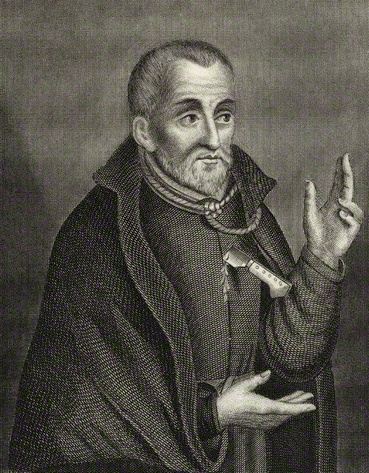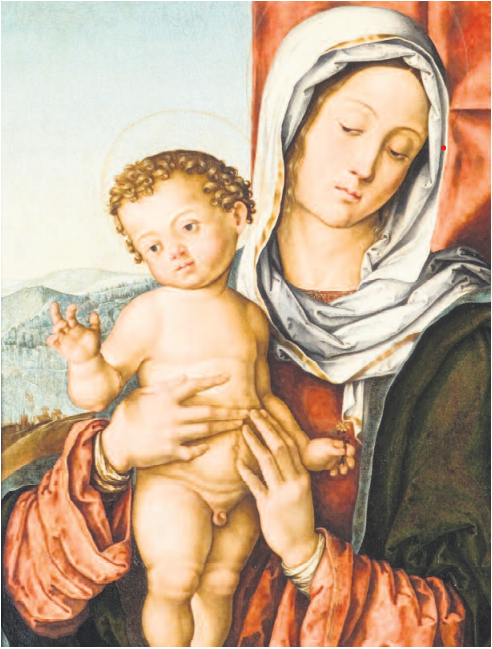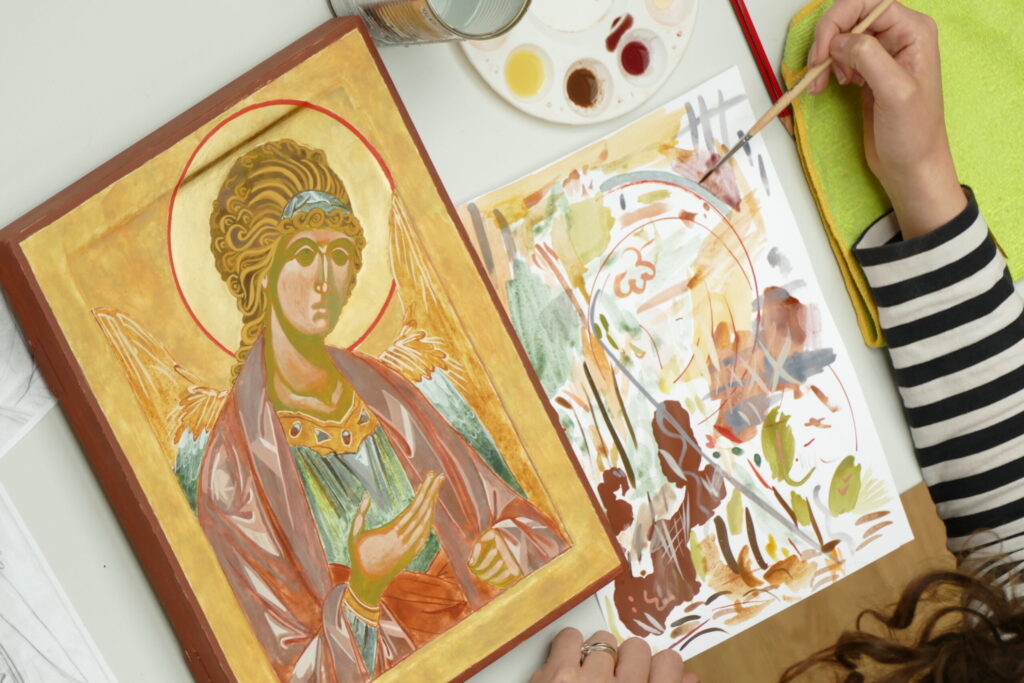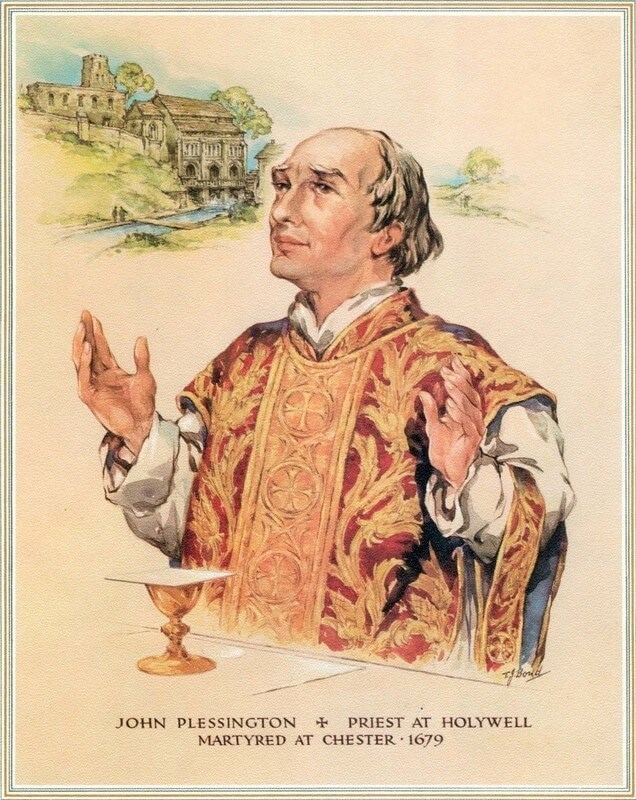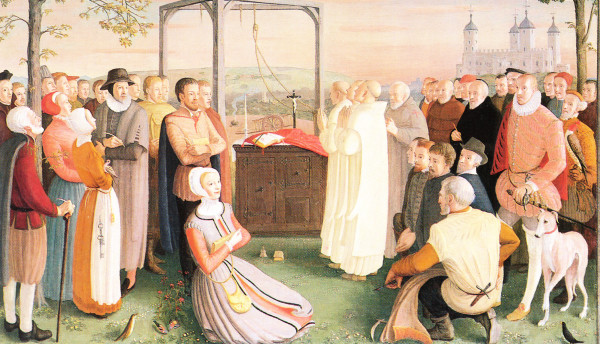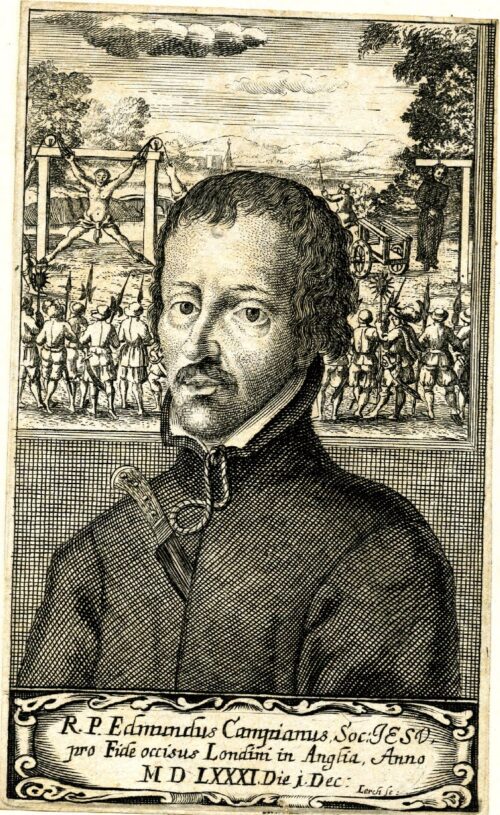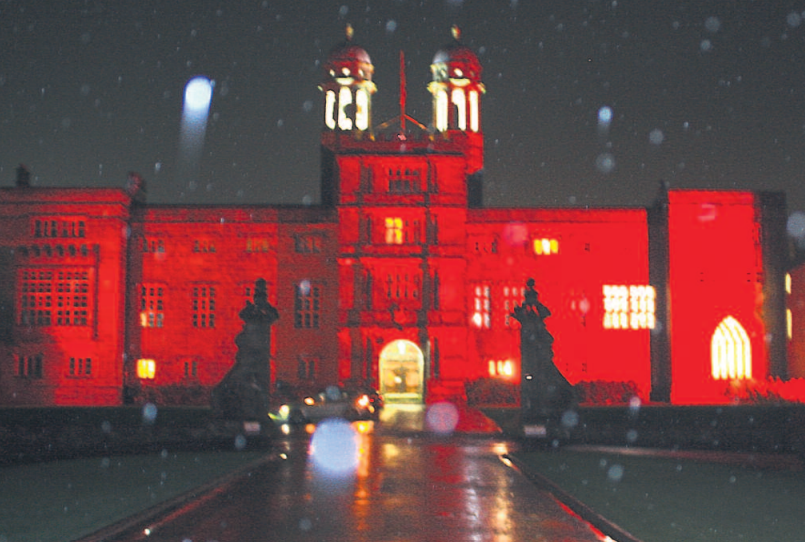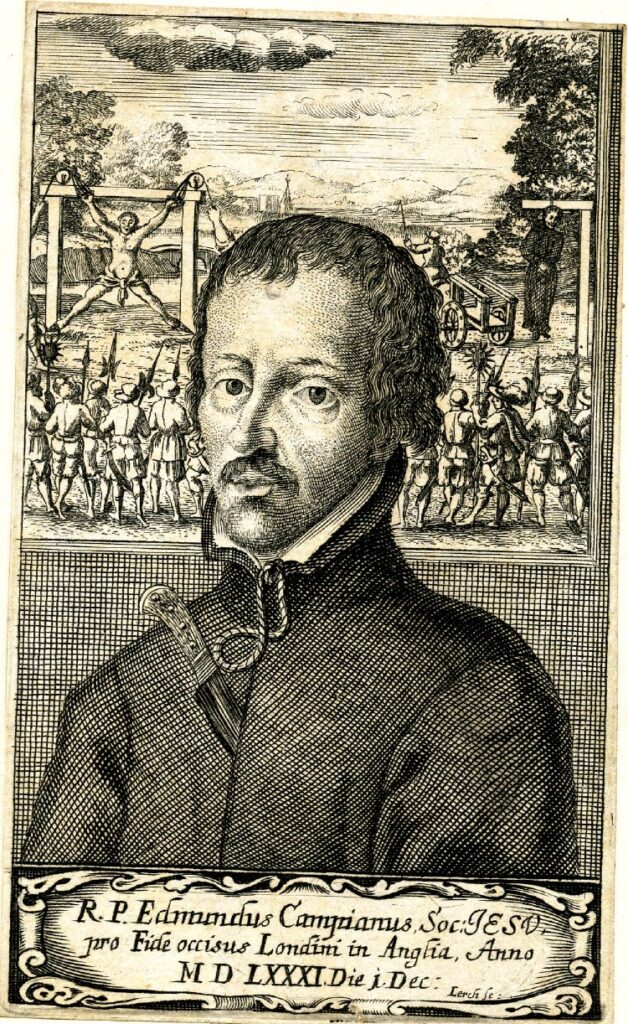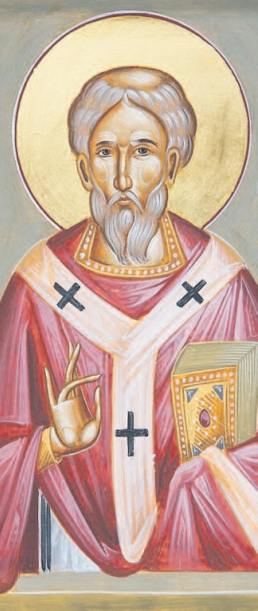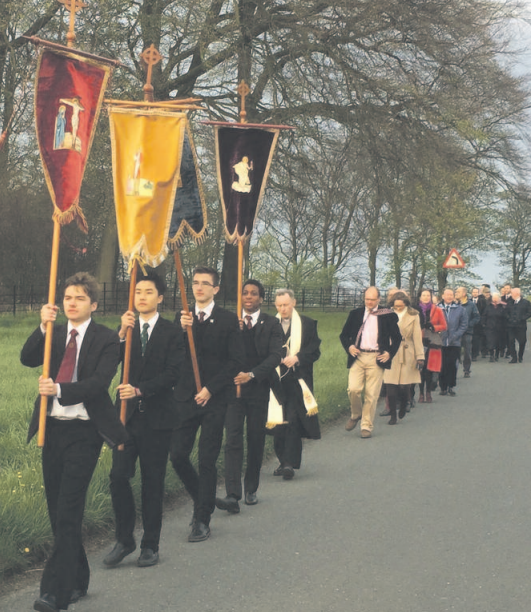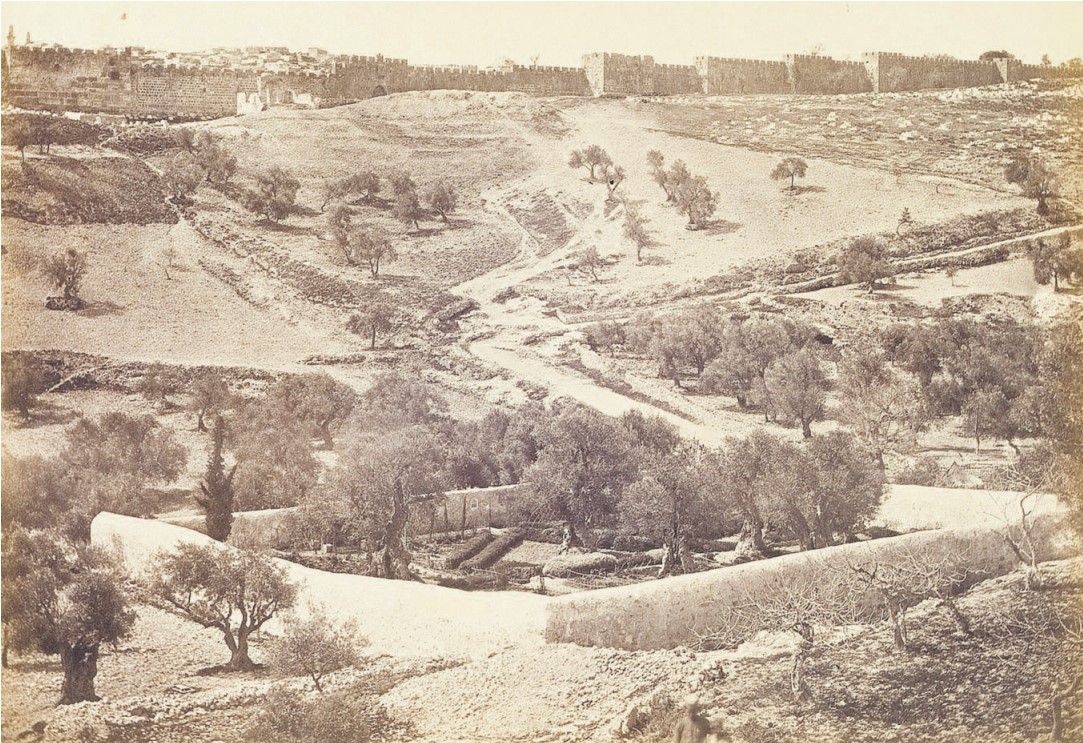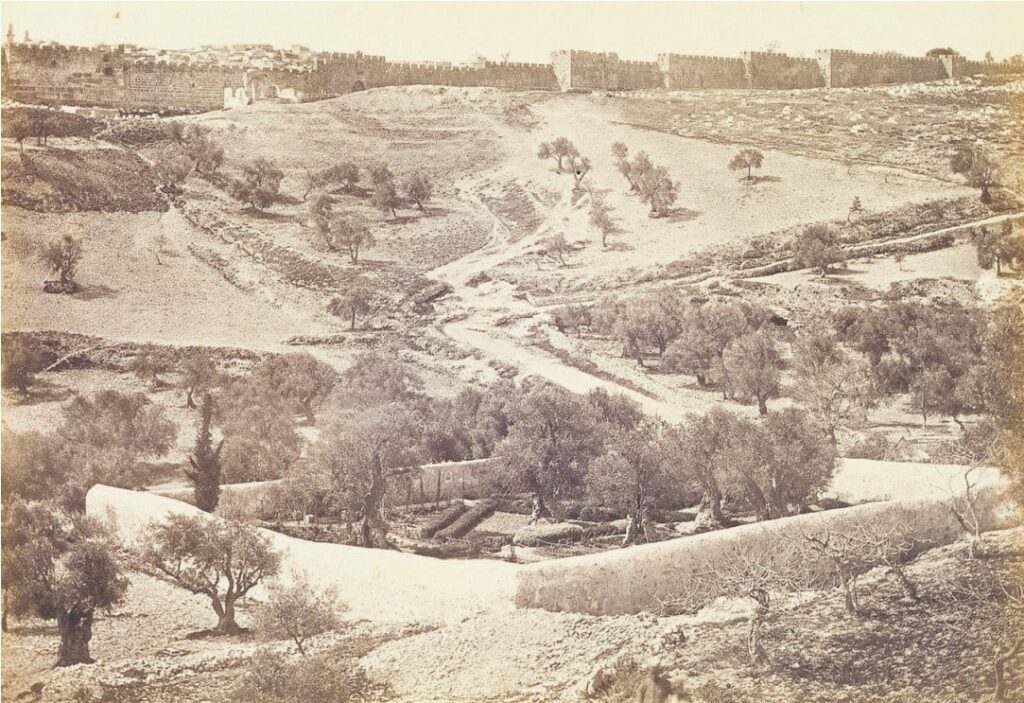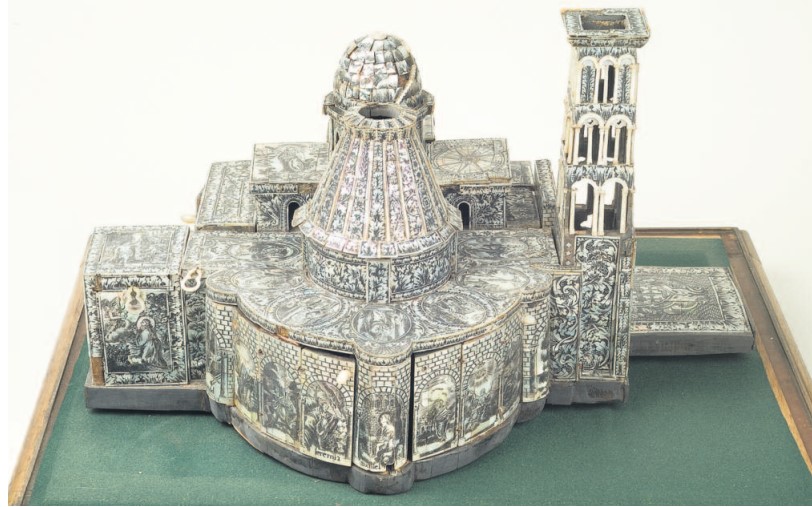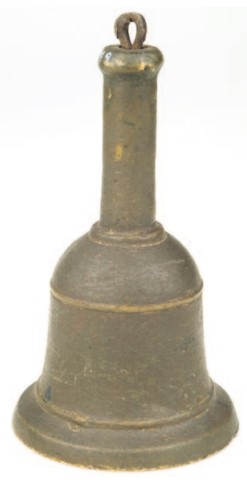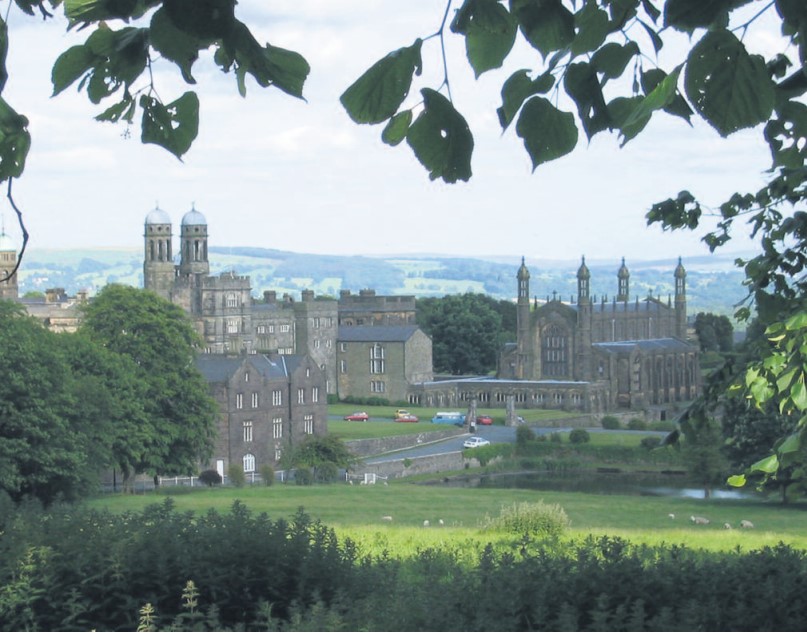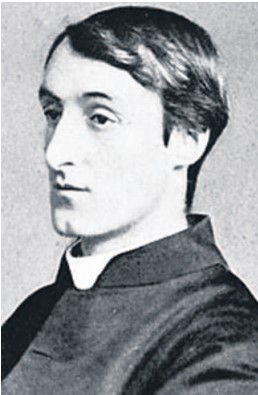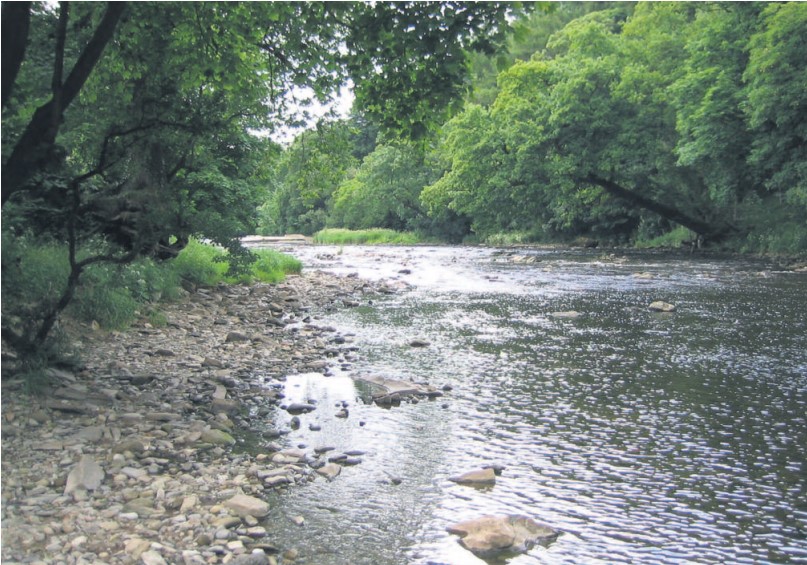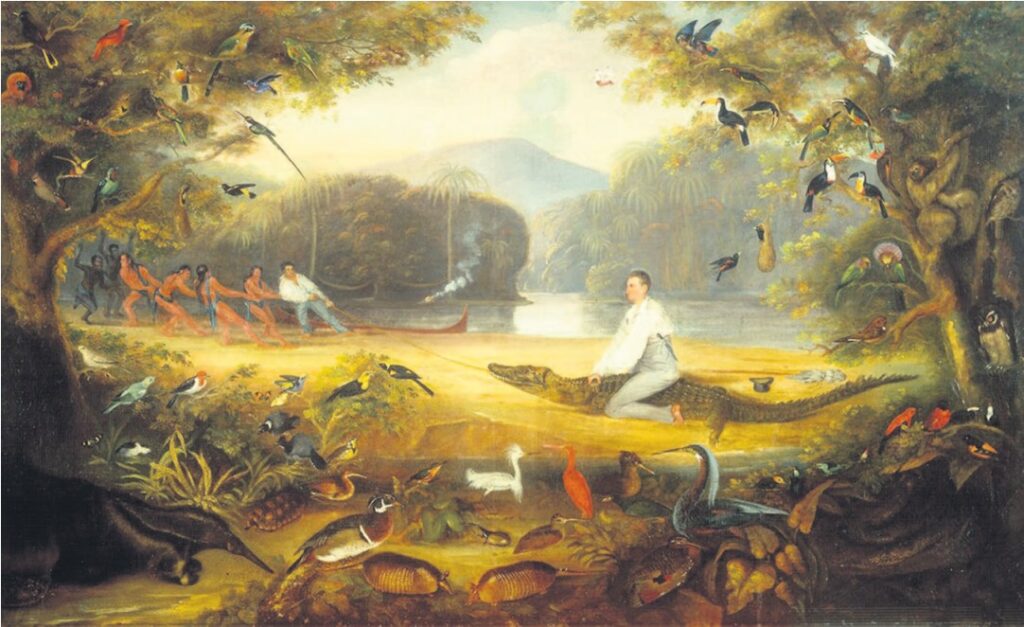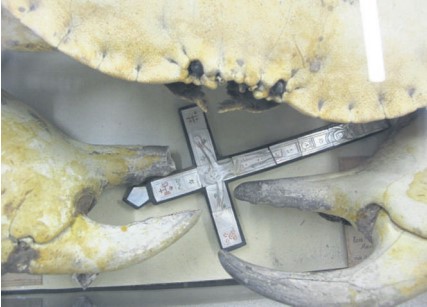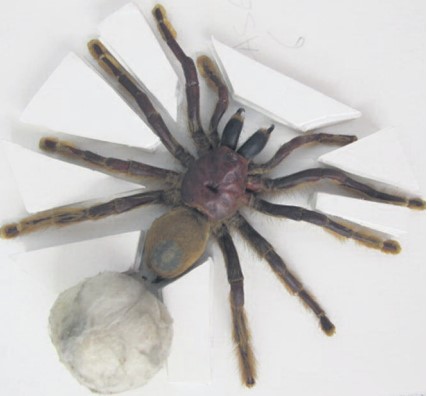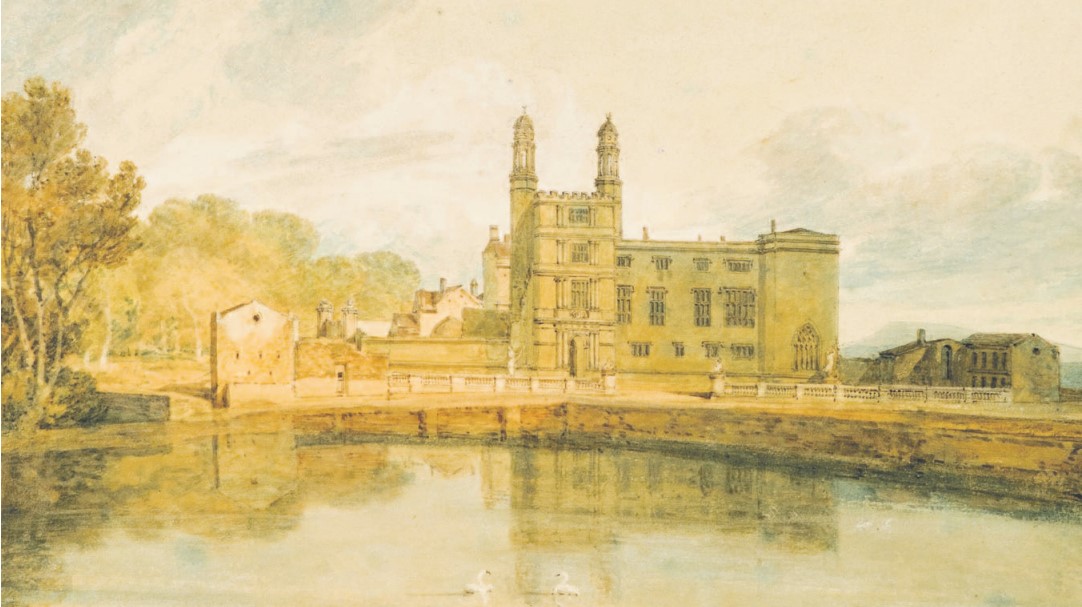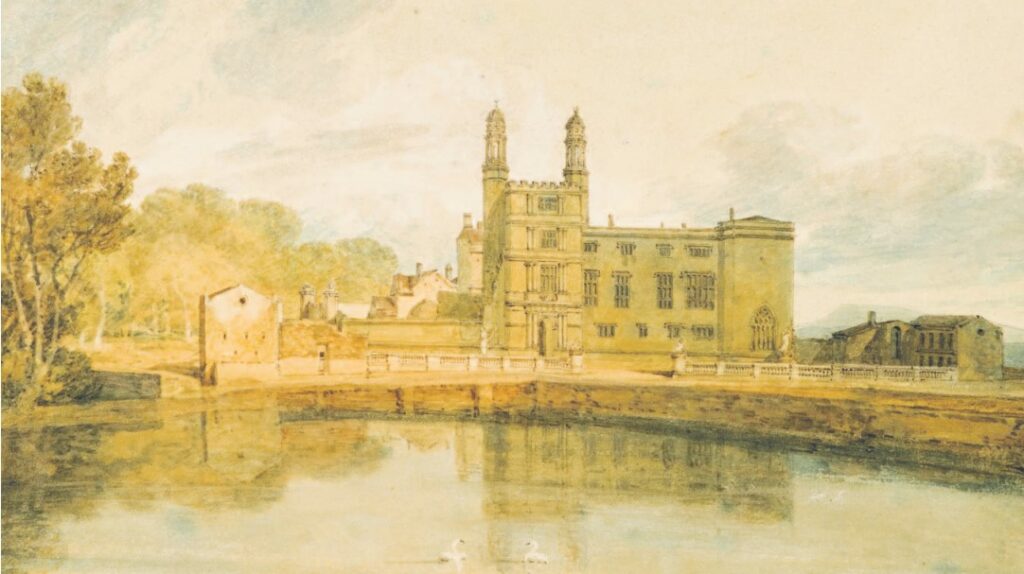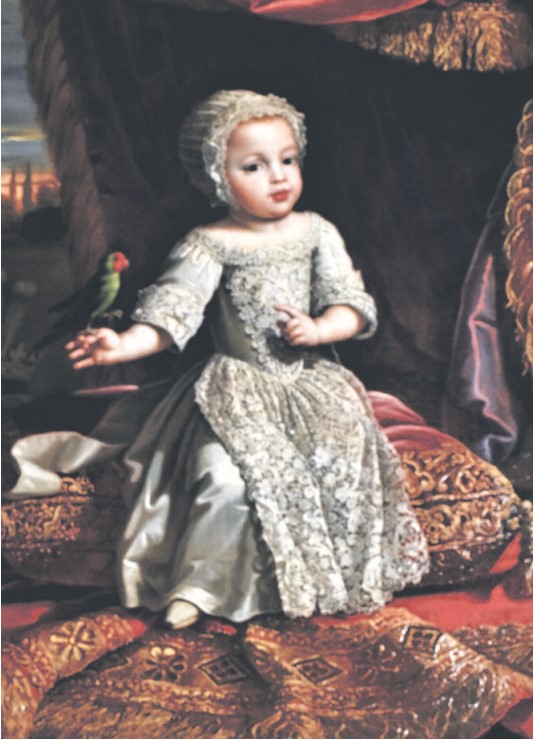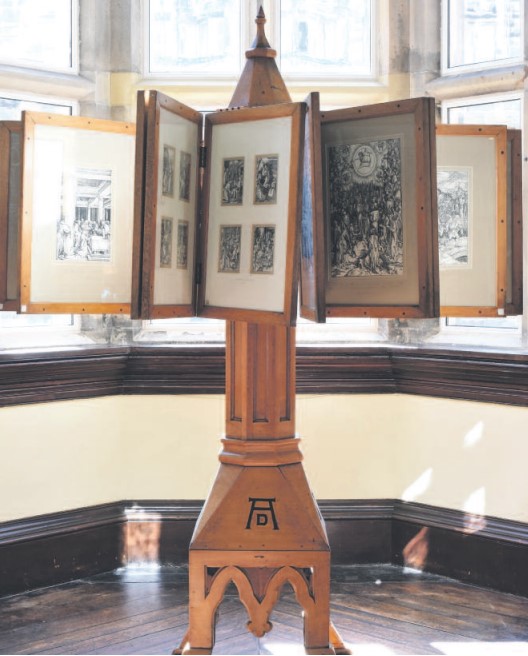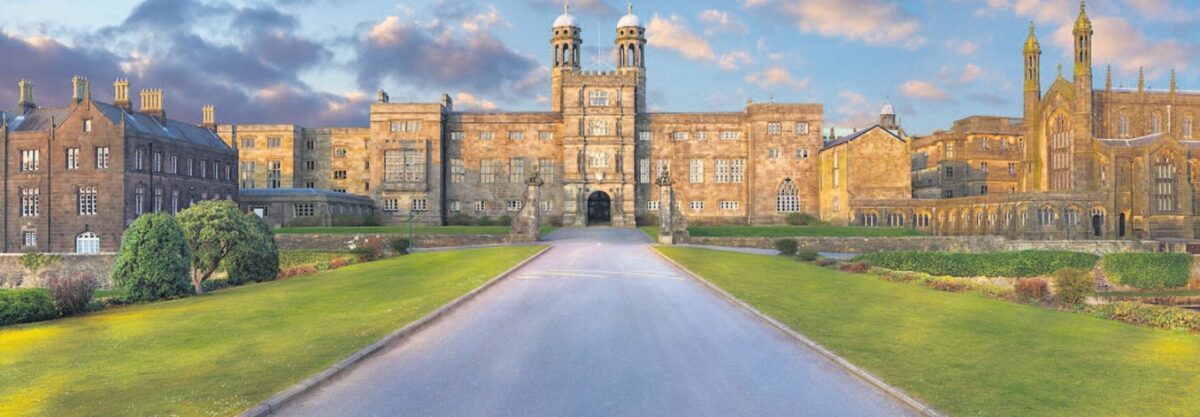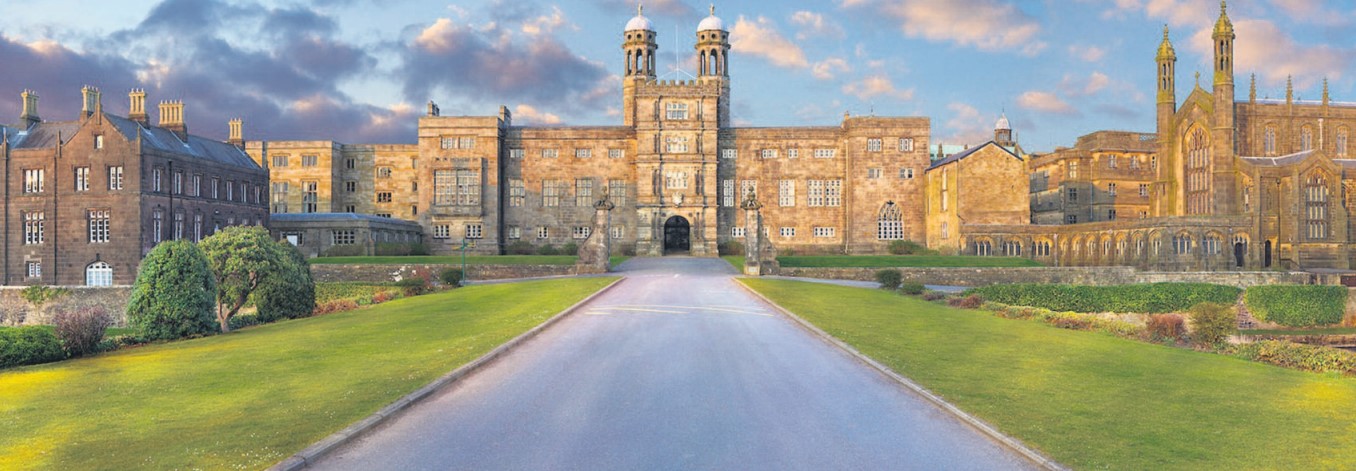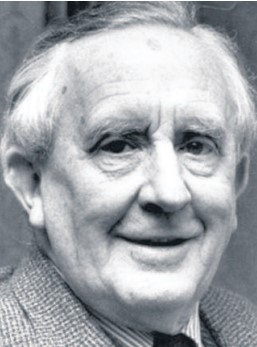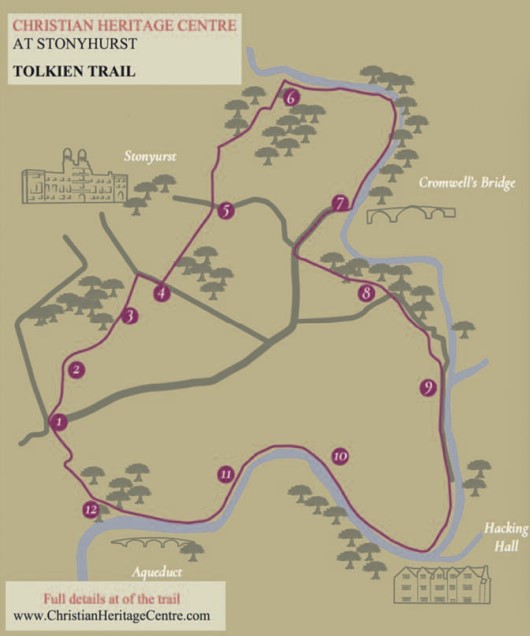Friday 6th April 2018
The CHC @ The Catholic Universe
An old mill is being turned into a spiritual hub at Stonyhurst
Building work on Theodore House began on May Day last year. It is the ruined Victorian mill in the heart of Lancashire’s Ribble Valley now being transformed into a residential centre for families, pilgrims, schools and visitors to England’s Sacred County.
A building that once fed bodies will now feed souls and minds.
Theodore House is a free standing charity, at the heart of the Christian Heritage Centre project at Stonyhurst. The trustees have raised £3 million towards the building costs and borrowed a further million to be repaid over the next eight years. They are within shouting distance of the finishing line.
To complete the project this year, the trustees are tantalisingly close to raising the remaining £400,000 – and they hope to do it with one more heave.
Theodore House will have accommodation for 34 people – and include a refectory, library, lecture theatre, two seminar rooms, an atrium and an Oratory dedicated to Teresa of Calcutta and John Paul II.
Bishops and Catholic lay leaders have been deeply committed to the project. They have pointed out that the arbitrary closure and sale of retreat houses and other facilities has deprived Catholics of places geared to spiritual renewal.
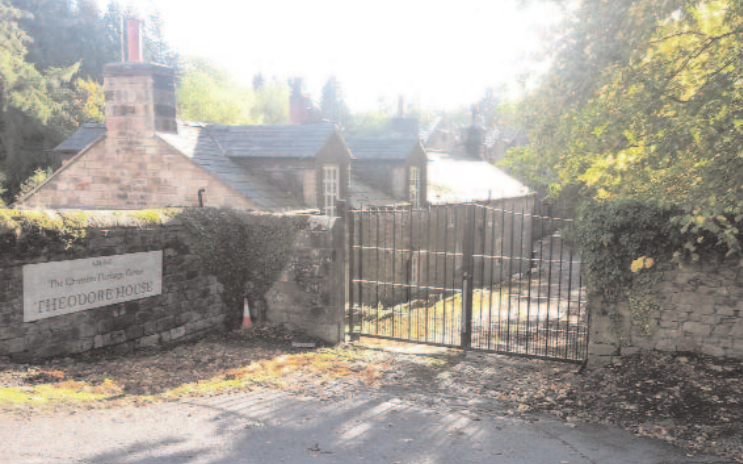
To help remedy this, Liverpool Archdiocese has contributed to the project – and given some beautiful stained glass depicting the Baptism of Jesus. Originally commissioned in 1923 by Fr John McKinley for his Toxteth church of St Malachy, the building was closed in 2001.
In Greek Theodore means ‘gift from God’, and the charity’s trustees believe that in our increasingly secular society Theodore House will be a wonderful gift to the Church in England and beyond.
A Syrian Christian who escaped the fall of his town to Islam, St Theodore was sent to England by the pope and became the eighth Archbishop of Canterbury.
Even the account of his remarkable life is itself a gift to contemporary Christians who take so many of today’s freedoms and opportunities for granted.
The plight of the worldwide persecuted Church will have a special place in the work of Theodore House, and Christian Leadership courses will be run to equip Catholics to become ‘servant leaders’. Retreats can be parish led and a team from Aid to the Church In Need, will be involved in leading school retreats.
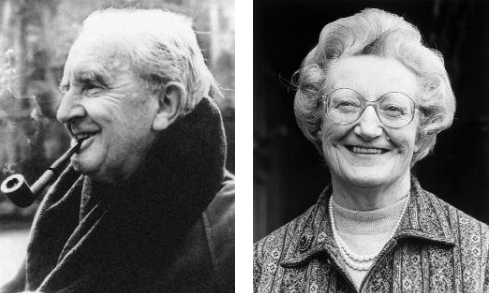
Theodore House will mark the notable, and sometimes courageous, Christian contribution to society through the naming of rooms – sponsored by benefactors to honour family members or great figures from our Christian story.
Stonyhurst’s celebrated archivist, David Knight, has been preparing short biographical details.
Among the rooms will be one named after Shahbaz Bhatti, the Catholic Minister for Minority Affairs in Pakistan, shot dead by the Taliban in March 2011.
Others will include St Maximilian Kolbe and Dietrich Bonhoeffer, who both died in Nazi concentration camps, and St Margaret Clitherow, married with three children and pregnant with her fourth child, who was crushed to death for harbouring a Catholic priest.
William Wilberforce, best known as the leader of the movement to stop the slave trade, and celebrated Christian writers G K Chesterton, C S Lewis and J R R Tolkien will also have rooms named after them, along with Dame Cicely Saunders the English Anglican nurse, social worker, physician and writer, best known for her role in the hospice movement, and Phyllis Bowman, a Jew who became Catholic after seeing the effects of abortion on women and unborn children.
Other rooms are being dedicated to the memories of Baroness Sue Ryder and her husband Lord Leonard Cheshire, Cardinal Basil Hume OSB, Blessed John Henry Newman and Matteo Ricci SJ, an Italian Jesuit missionary who introduced mathematical and astronomical knowledge to China.
The ‘special relationship’ between Britain and the US will be celebrated in rooms named for John & Charles Carroll, the Leo Family and the Knights of Columbus – the world’s largest Catholic fraternal service organisation, founded in the USA in 1882. Other bedrooms are being sponsored, among others, by the King Family, the Cowdall Family and the Brinkley Family.
One of the two seminar rooms is named after Lancashire’s Bowland Trust, the lecture theatre for Ben and Kim Chang, the library for the late Bridget and Peter Hardwick – kindly funded by Mark Thompson, of The NewYork Times, who was taught by Peter Hardwick, and the Oratory, which will include the work of Aidan Hart, is being generously supported by Graham Hutton, chairman of Aid to the Church in Need.
There are still naming opportunities available for the family annexe, a seminar room and some of the bedrooms. Potential benefactors should contact Anton de Piro: Tel: +44 7748272908 [email protected]
Among the very first of the groups to be booked into Theodore House later this year are some young Catholics working in Washington – some in the US Congress. They will link up with some of their British counterparts – a great investment for the future.
Those staying at Theodore House will be able to visit the historic libraries and see the unique Stonyhurst Collections, providing access, for the first time, for the 850,000 children in 2,200 British Catholic schools. These inspiring collections – which have been featured each month in The Universe – belong to the whole of the Catholic community.
Objects can tell the old story in a challenging and fresh way, reminding us who we are and challenging us to renew the Faith as others have done before us.
Frances Ahearne is organising bookings and may be reached at 01254 827084 or by writing to [email protected]
Nor will physical needs be neglected.
J R R Tolkien and the poet Gerard Manley Hopkins both had direct connections and there will be access for visitors to our Tolkien Trail and Hopkins Trail – with walks by the beautiful Rivers Ribble and Hodder and onto the Lancashire fells.
There will also be access to the Stonyhurst campus sports facilities, swimming pool, and golf course, which has a direct link with George Walker (forebear of President Bush and Walker Cup fame). Walking and cycling in the area will add to the perfect holiday or short break.
The charity’s website www.christianheritagecentre.com contains details of the Christian Heritage Centre Trustees and Patrons – including Lord and Lady Nicholas Windsor, Cardinal Vincent Nichols and Bishop John Arnold. Other Patrons include Ann Widdecombe, Baroness Cox, Sir Edward Leigh MP, Frank Field MP, and Field Marshall Lord Guthrie.
To help complete this labour of love the trustees’ immediate need is to raise £400,000. If you are able to give any help or would like further details please email the Chairman Lord Alton at [email protected] or Anton de Piro at: [email protected] telephone 07748272908.


